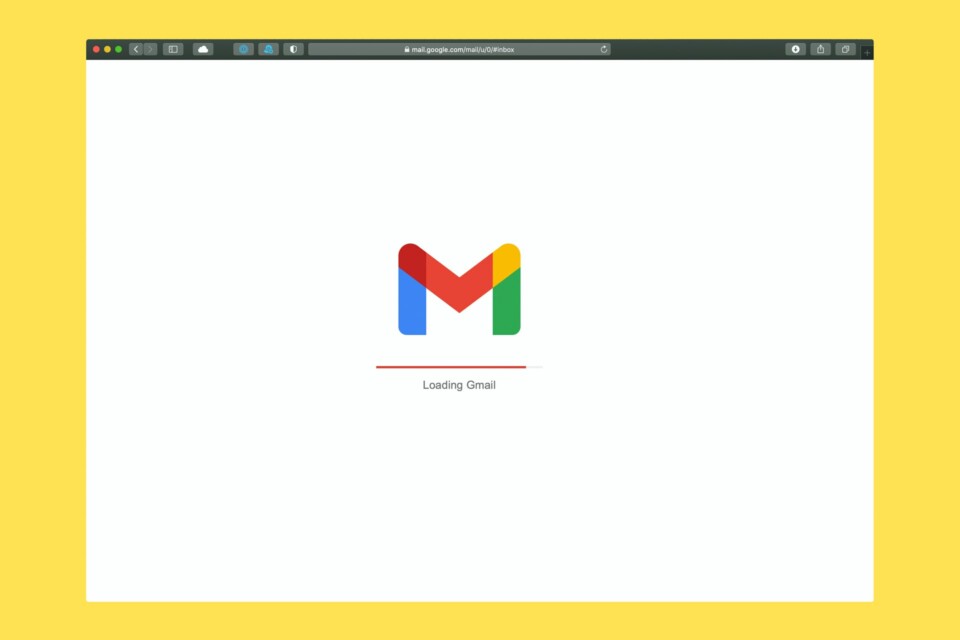ARTICLE SUMMARY
Digital design, the internet, social media and mobile technology are some of the factors that make it easier than ever for a business to start managing and preparing themselves to be seen and to increase their profile rating in their customer's eyes.

In today’s modern world, marketing and management are two totally different beasts to what they were even ten or twenty years ago.
Digital design, the internet, social media and mobile technology are some of the factors that make it easier than ever for a business to start managing and preparing themselves to be seen and to increase their profile rating in their customer’s eyes.
Cold e-mail vs. spam:
One of the most powerful and commonly used forms of contact in the world today is e-mail, due to its practicality and ease of use, and e-mails have long been a big part of how we communicate and, therefore, how we can market our businesses.
However, one thing you need to remember is that, despite the prevalence of e-mail, more than 90% of what is sent out there is regarded as junk mail or spam.
What is a cold e-mail and why is it called “cold”:
To get through that stigma and to increase your chances of actually getting yourself a reply when you are sending a “cold e-mail” (an e-mail sent to a recipient with which you haven’t had prior contact) you simply need to be prepared to put in the time to learn how to do it the right way.
For anyone who is unsure of where to start, these cold e-mail tip suggestions should help you start to get used to how you can manage your e-mail marketing better and how you can increase replies and conversions simultaneously.
The real power of using cold e-mail is in the writing itself – the e-mail that you send has to be effective and that effect has to be imprinted in its own style.
Cold e-mail writing:
You are trying to capture your reader’s (and potential customer’s) attention, so relating to the person in question is very important. In order to do so, you need to choose the most appropriate cold e-mail writing style possible.
We recommend that each and every e-mail you send out should have, at the very least, the following factors included in it to have the best chance of succeeding and converting in further contact opportunities:
- Your cold e-mail should be informal and it should be easy to read/extract information out of: Ensure you can be seen as someone who won’t be seen as too serious or too much of a drain, in essence. Whilst professionalism is always the key this does not mean you cannot be open, friendly and a little bit human!
- Cold e-mails have to be concise: Nobody wants to open an e-mail and be treated to an e-book in length, so make it snappy and short. Don’t worry about making every single point, as you just need to open your reader’s appetite with cold-emailing.
- Never attach large archives or better yet, don’t send attachments at all: People don’t like to be sent random attachments through their e-mail inbox and they’re less than prone to open a cold e-mail with an attachment since they probably don’t know the sender, which is likely to impact your open-rate.
- Never send an HTML e-mail, either: Keep e-mail formatting to a minimum, simple and normal, get down to business.
- Make sure that you make just one question throughout: Don’t presume too much and don’t make it an interview asking your reader all sorts of questions and sounding like an interrogator, as the formatting tip above, keep it simple.
Using these cold e-mail tips, if applied correctly, could be massively beneficial to your long-term goals and aims financially, along with good follow-up e-mail techniques to continue the dialogue.
How to keep track of your cold and follow-up e-mailing?
Try Pipefy! We help companies keep organized and more productive by running their processes and day-by-day routines on an easy and intuitive tool, making them leave in the past inefficient manual forms, spreadsheets, and email threads.
Pipefy’s Task Management Template was specially developed to help you manage your and your team’s tasks without breaking a sweat, showing you in an organized and simplified manner what everyone is currently doing, what they have to do, and what is already done.










